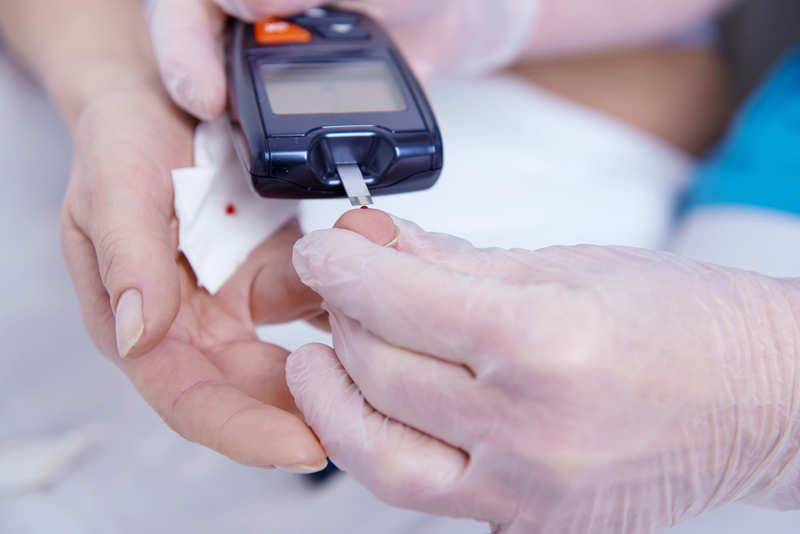Over 30s with type 1 diabetes frequently misdiagnosed with type 2: EASD 2018
University of Exeter Medical School Oct 08, 2018

New research presented at this year’s annual meeting of the European Association for the Study of Diabetes (EASD) reveals that many cases of type 1 diabetes (T1D) diagnosed after the age of 30 are not being properly identified and are frequently misdiagnosed as being type 2 diabetes (T2D), potentially leading to delays in receiving appropriate treatment.
UK Prime Minister Theresa May is a high-profile example of someone who was initially thought to have T2D, only to later return to her doctors when the medications for T2D did not work. She was subsequently diagnosed with T1D.
This new research conducted by Dr. Nick Thomas and colleagues at the University of Exeter, Exeter, UK sought to determine the prevalence and characteristics of T1D occurring after the age of 30 in patients with insulin-treated diabetes.
T1D is characterized by the rapid and severe loss of insulin production as the cells in the pancreas which produce the hormone are attacked and destroyed by the body’s own immune system. Individuals with the disease lose the ability to make their own insulin and, therefore, require regular doses of insulin to control their blood glucose, either in the form of injections or via a pump, and unlike many people with T2D, cannot manage their condition through diet, exercise, and blood sugar monitoring alone.
The researchers characterized T1D as being the rapid onset of insulin dependence within 3 years of initial diagnosis, together with a severe deficiency of insulin production by the pancreas. They analyzed a population cohort of 583 individuals who had insulin-treated diabetes that had been diagnosed after the age of 30. The characteristics of their disease were compared with other participants who still produced some insulin, as well as with 220 individuals with severe insulin deficiency that was diagnosed before the age of 30.
The study found that 21% of those with insulin-treated diabetes who were diagnosed after the age of 30 had severe insulin deficiency, confirming T1D. Out of this group, 39% did not receive insulin when they were initially diagnosed, with 46% of those individuals self-reporting that they had T2D. A rapid progression to insulin dependence was highly predictive of late-onset T1D with 84% of those with the disease requiring insulin within just 1 year.
Among participants who became insulin dependent within 3 years, 44% developed a severe deficiency of their body’s own insulin. Their clinical, biochemical, and genetic characteristics were found to be comparable to those of participants who had been diagnosed before the age of 30. In contrast, patients who retained some insulin production had substantially lower T1D genetic risk scores, antibody positivity (linked to the immune response that damages pancreatic cells), and a higher BMI.
Where insulin treatment had been delayed, the patients were found to be on average older (48 years vs 41 years for those who received insulin immediately), and only 50% had self-reported as having T1D, compared to 96% of individuals who had been given insulin upon initial diagnosis. These patients were also much more likely (29% vs 7%) to have been given oral hypoglycemic drugs in an attempt to control their disease.
Dr. Thomas says: “Type 1 diabetes leading to severe insulin deficiency has similar clinical and biological characteristics to that occurring at younger ages, but is frequently not identified.”
He adds: “Clinicians should be aware that the majority of patients needing insulin within 3 years of diagnosis will have type 1 diabetes, even if they were initially thought to have type 2 diabetes and did not need insulin at diagnosis. Getting the right diagnosis is important for these patients to receive the right education and treatment.”
-
Exclusive Write-ups & Webinars by KOLs
-
Daily Quiz by specialty
-
Paid Market Research Surveys
-
Case discussions, News & Journals' summaries
